SGGP
Along with dengue fever, hand, foot and mouth disease, chickenpox, and pink eye still developing complicatedly, respiratory diseases, flu, etc. are also showing an increasing trend in the number of cases due to the influence of the autumn-winter weather, causing the risk of overlapping epidemics.
Increase in children hospitalized for respiratory diseases
At the Pediatric Center, Bach Mai Hospital (Hanoi), in recent days, the number of hospitalized children has increased quite a lot, causing some treatment rooms to be overloaded. Doctor Nguyen Thanh Nam, Director of the Pediatric Center, said that according to the epidemic epidemiology, in late October and November, the number of hospitalized children often increases, especially children under 5 years old, due to erratic weather changes that make children susceptible to some respiratory diseases.
At the National Children's Hospital, the number of children brought in for examination and treatment of respiratory diseases and flu has increased quite a lot. According to Associate Professor, Dr. Le Thi Hong Hanh, Director of the Respiratory Center, National Children's Hospital, most of the children are infected with respiratory syncytial virus, showing symptoms of pneumonia, cough, fever, difficulty breathing, and some severe cases have respiratory failure.
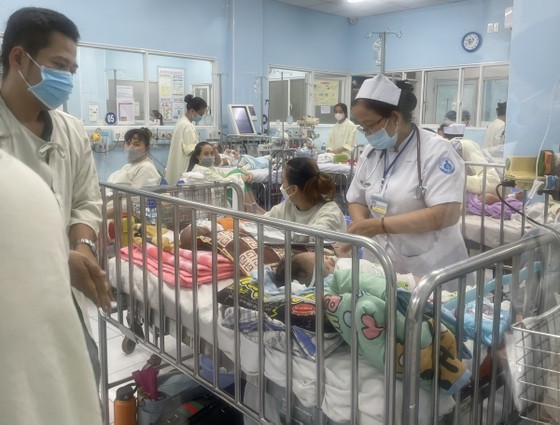 |
Children with respiratory diseases are hospitalized for treatment at Children's Hospital 1, Ho Chi Minh City. |
Records in Ho Chi Minh City show that in recent days, the number of children hospitalized with respiratory diseases has also tended to increase rapidly. Doctor Le Minh Lan Phuong, Head of the Examination Department, Children's Hospital 1, informed that each day the hospital examines about 4,500 children; at peak times, there are up to about 5,700 cases, including many children with respiratory diseases. While a month before, the hospital received an average of about 4,200-4,300 children per day.
At the City Children's Hospital, Dr. Nguyen Minh Tien, Deputy Director of the hospital, said that since the beginning of October, the hospital has received nearly 5,000 outpatients with respiratory diseases such as bronchiolitis, pneumonia, asthma, bronchial asthma, and acute respiratory infections. Some children have severe progression, requiring high-flow oxygen, mechanical ventilation, and even ECMO (extracorporeal circulation).
According to doctors, during the changing seasons, the temperature difference between day and night is often very large, which greatly affects the health of children and people with weak immune systems.
Many diseases are still "hot"
Along with the increase in respiratory diseases, some other epidemics are still complicated. Recently, in Hanoi, 2 children in Chuong My and Phuc Tho districts were recorded with Japanese encephalitis. Doctor Nguyen Van Lam, Director of the Center for Tropical Diseases, National Children's Hospital, said that Japanese encephalitis is very dangerous, with a mortality rate of up to 30%, even people who are cured still have permanent sequelae such as: mental disorders, paralysis, language disorders, convulsions, epilepsy. Children with Japanese encephalitis often have symptoms such as: fever, headache, nausea, vomiting, fatigue, chills...; in severe cases, there may be convulsions, reduced cognitive ability.
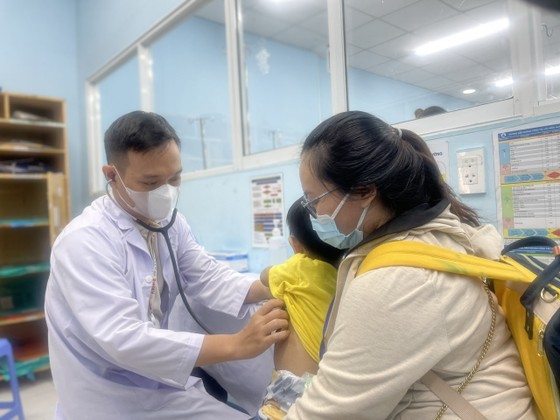 |
Doctor of Respiratory Department, Children's Hospital 1, HCMC examines a child patient |
Meanwhile, the dengue fever epidemic continues to be "tense" in many localities across the country. According to statistics from the Ministry of Health, the whole country has recorded over 95,000 dengue fever cases, including 26 deaths. Among the localities, the number of dengue fever cases in Hanoi remains very high. Accumulated from the beginning of 2023 to now, Hanoi has had more than 28,400 dengue fever cases (2.7 times higher than the same period in 2022) and there have been 4 deaths.
Professor Phan Trong Lan, Director of the Department of Preventive Medicine, pointed out that the work of preventing dengue fever is facing many difficulties, requiring anti-epidemic activities to be implemented persistently, continuously and drastically, especially during peak periods, to control the number of cases and deaths.
In Ho Chi Minh City, the number of dengue fever cases decreased by 11% compared to the previous month but remained high. Since the beginning of the year, Ho Chi Minh City has recorded 15,037 dengue fever cases; the districts with high numbers of dengue fever cases are District 1, Binh Thanh District and District 8. Meanwhile, the number of hand, foot and mouth disease cases has also shown an upward trend (up 14% compared to the previous month). Since the beginning of the year, Ho Chi Minh City has recorded 34,521 cases. The districts with high numbers of hand, foot and mouth disease cases are Binh Tan District, Nha Be District and Binh Chanh District.
According to the Central Dermatology Hospital, recently, the number of patients with contact dermatitis caused by ants has increased sharply. Mild cases only cause localized damage to a small area of skin; severe cases cause damage to a large area, with severe pain and ulceration in the affected area.
According to information from Vung Tau General Hospital (Vung Tau City, Ba Ria - Vung Tau Province), from the beginning of October 2023 to now, the number of hospitalized children has more than doubled compared to previous months. According to calculations, on average, the unit receives and treats about 100 children per day, with peaks reaching 110 children. The disease is concentrated in diseases such as hand, foot and mouth disease, dengue fever, digestive disorders, and pneumonia. More worryingly, there are many children with severe pneumonia, requiring a change in treatment regimen and even having to be transferred to intensive care.
PHU NGAN
Source


![[Photo] National Assembly Chairman Tran Thanh Man attends the summary of the organization of the Conference of the Executive Committee of the Francophone Parliamentary Union](https://vstatic.vietnam.vn/vietnam/resource/IMAGE/2025/4/15/fe022fef73d0431ab6cfc1570af598ac)
![[Photo] General Secretary To Lam meets with veteran revolutionary cadres, meritorious people, and exemplary policy families](https://vstatic.vietnam.vn/vietnam/resource/IMAGE/2025/4/15/7363ba75eb3c4a9e8241b65163176f63)
![[Photo] Ho Chi Minh City after 50 years of national reunification through buildings and symbols](https://vstatic.vietnam.vn/vietnam/resource/IMAGE/2025/4/15/a224d0b8e489457f889bdb1eee7fa7b4)

![[Photo] Welcoming ceremony for Prime Minister of the Federal Democratic Republic of Ethiopia Abiy Ahmed Ali and his wife](https://vstatic.vietnam.vn/vietnam/resource/IMAGE/2025/4/15/77c08dcbe52c42e2ac01c322fe86e78b)
![[Photo] Air Force actively practices for the April 30th celebration](https://vstatic.vietnam.vn/vietnam/resource/IMAGE/2025/4/15/16fdec3e42734691954b853c00a7ce01)




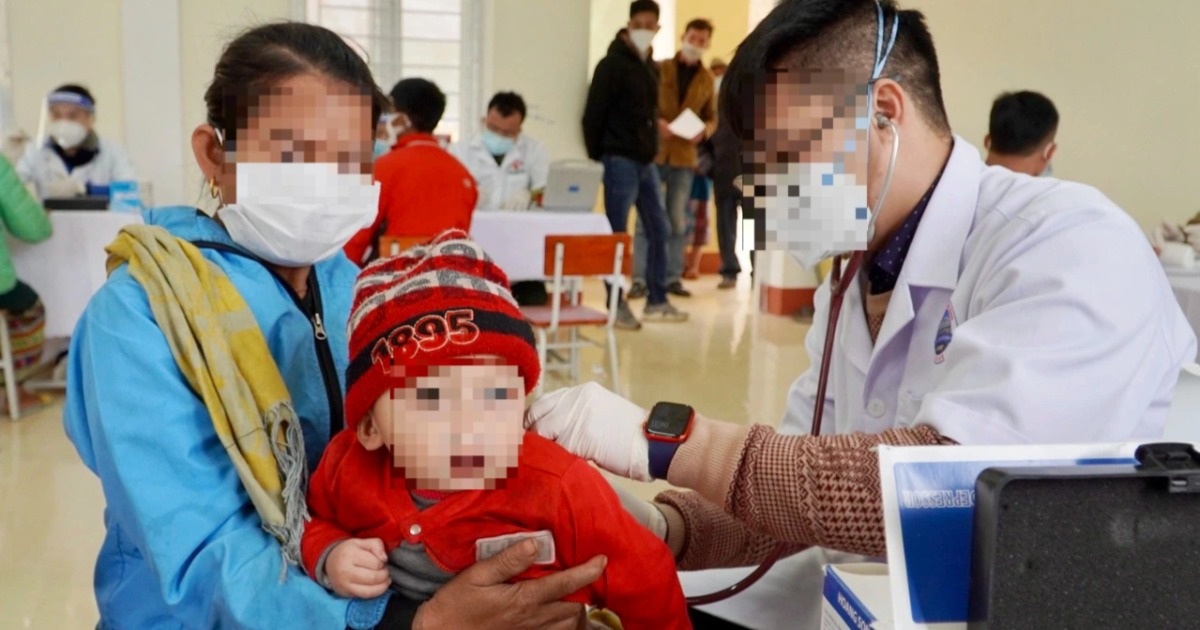





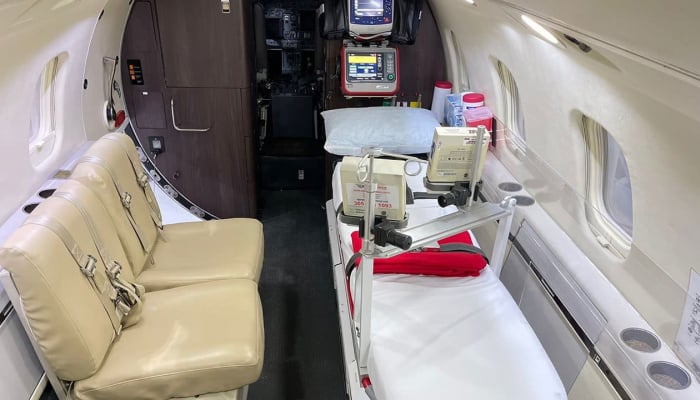























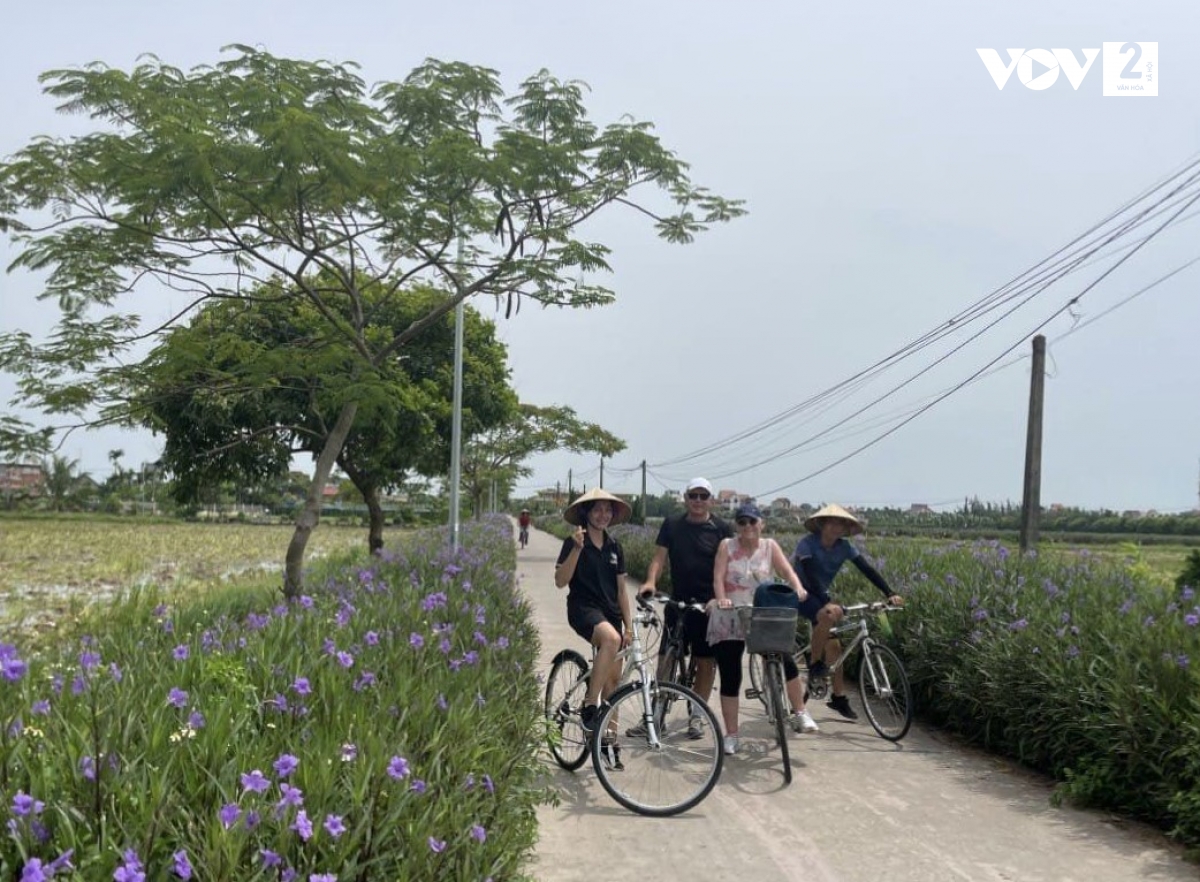












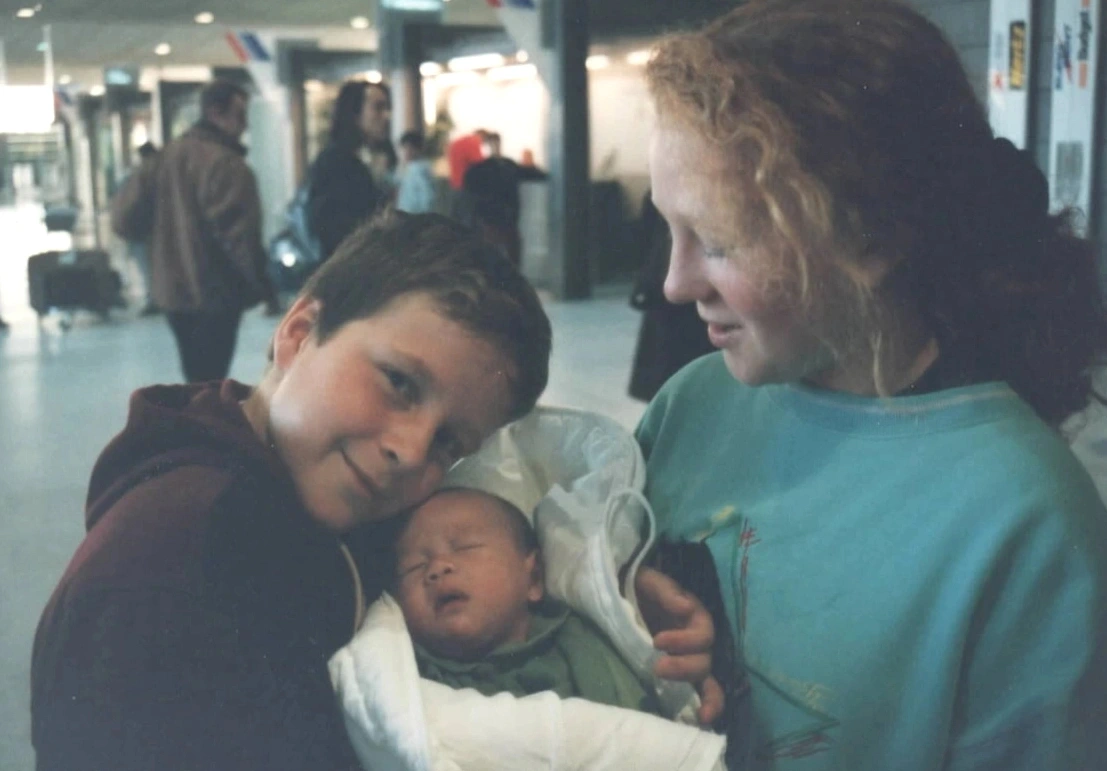





























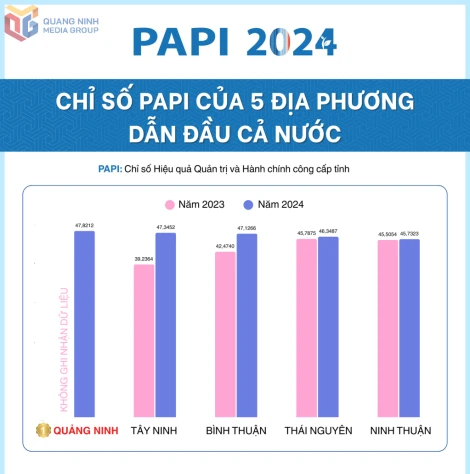






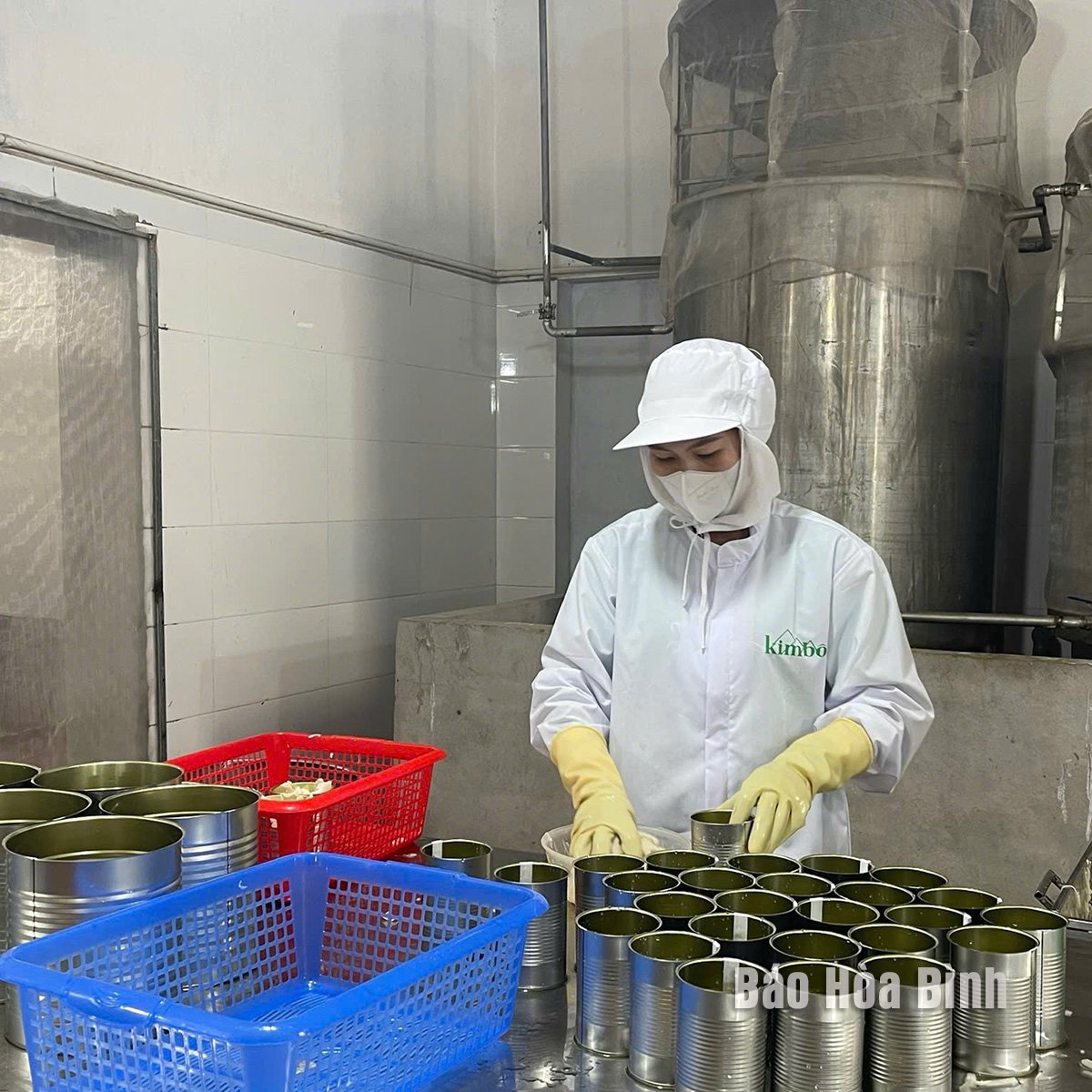




Comment (0)